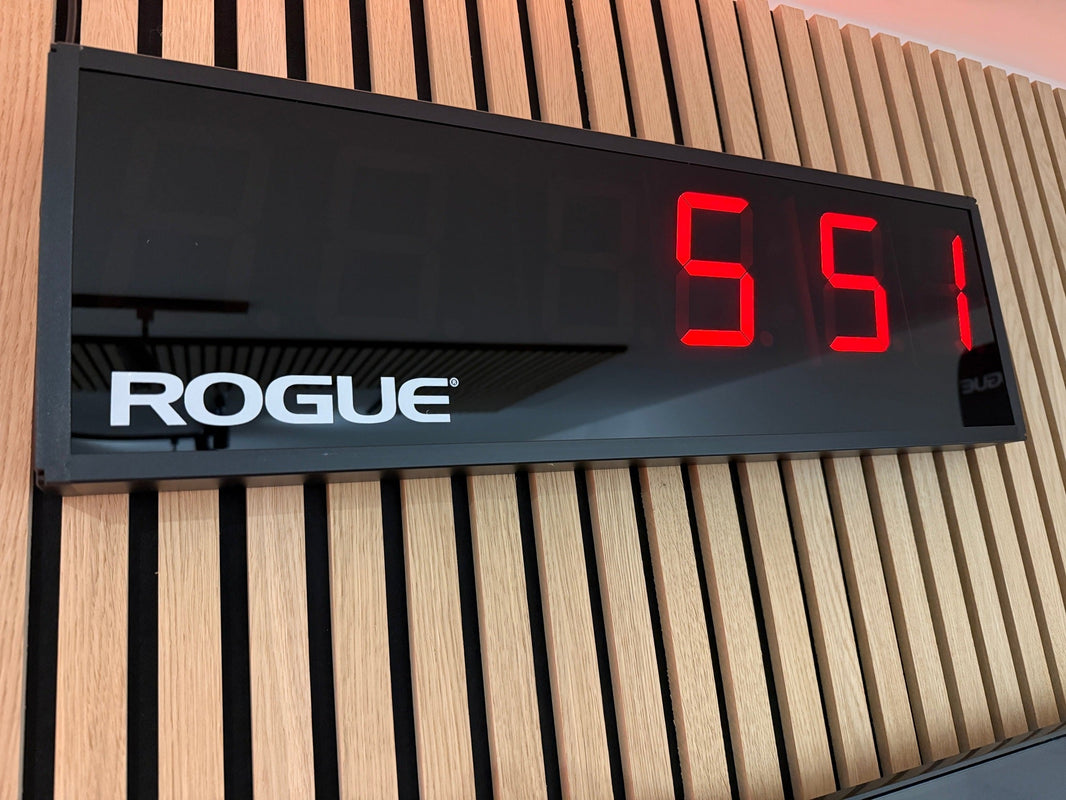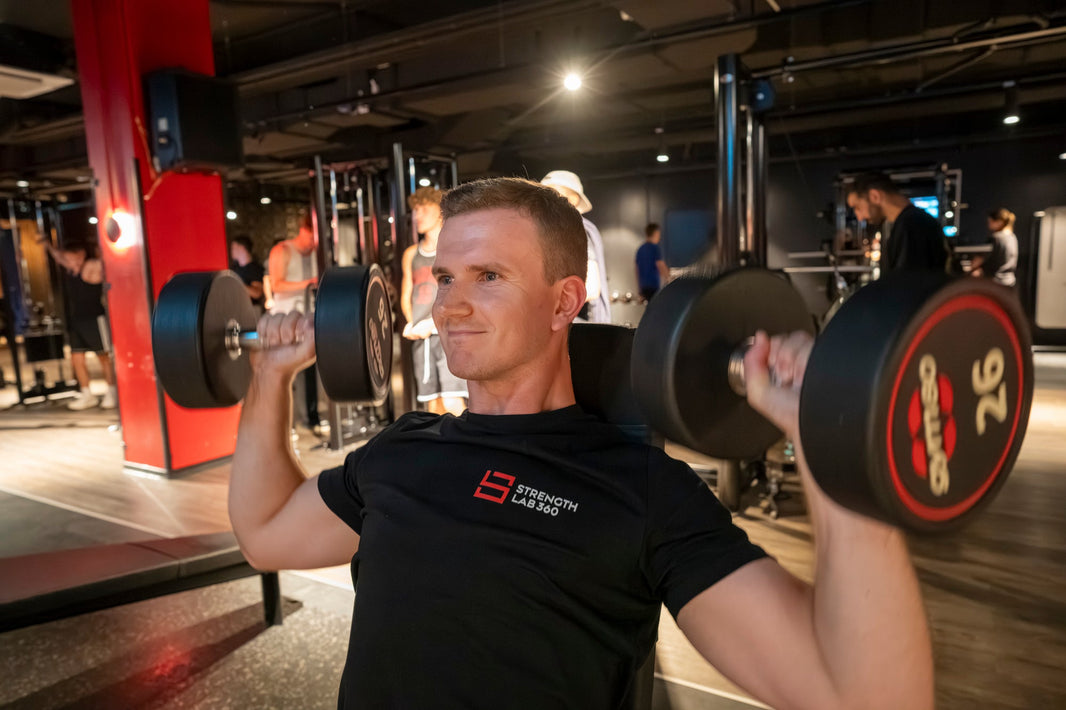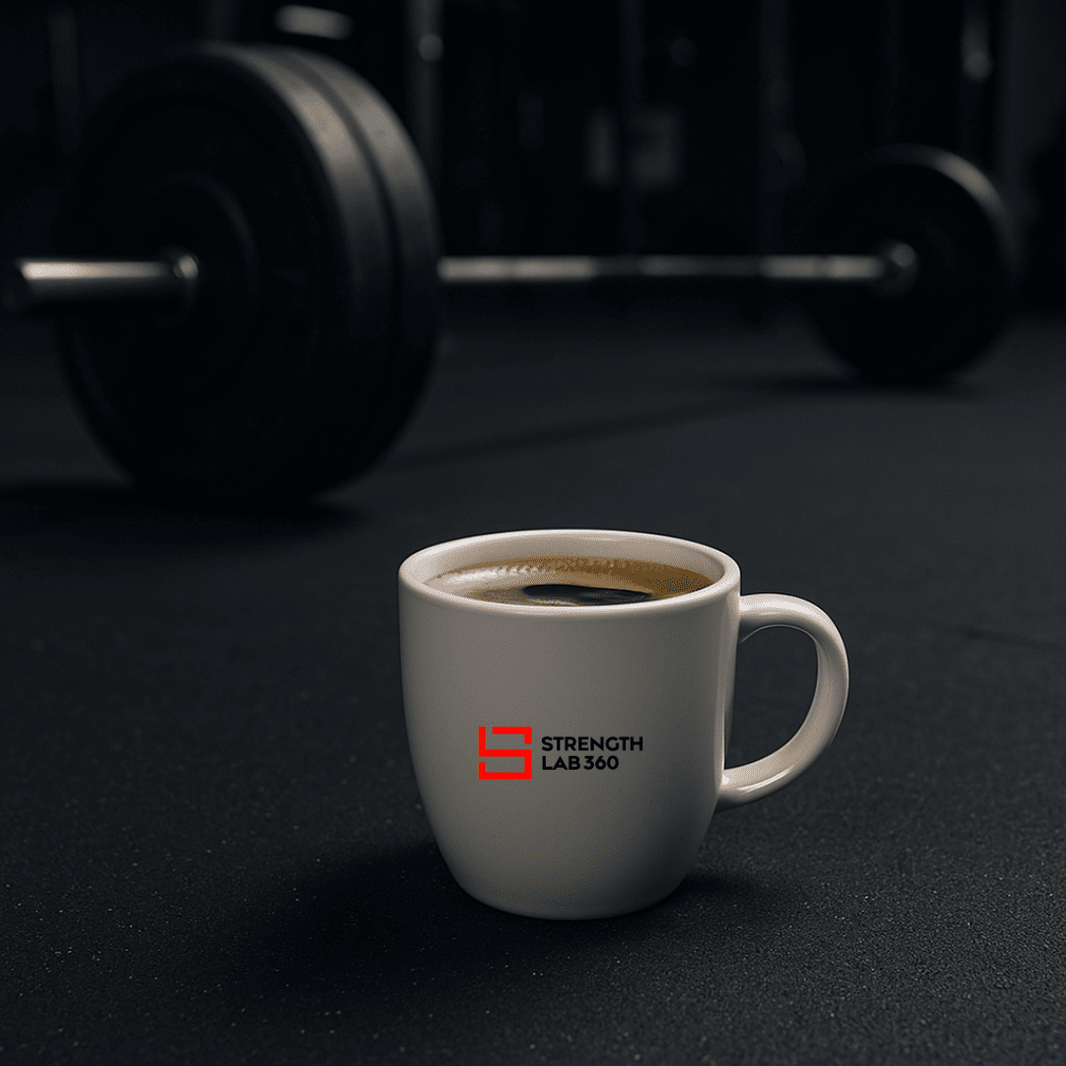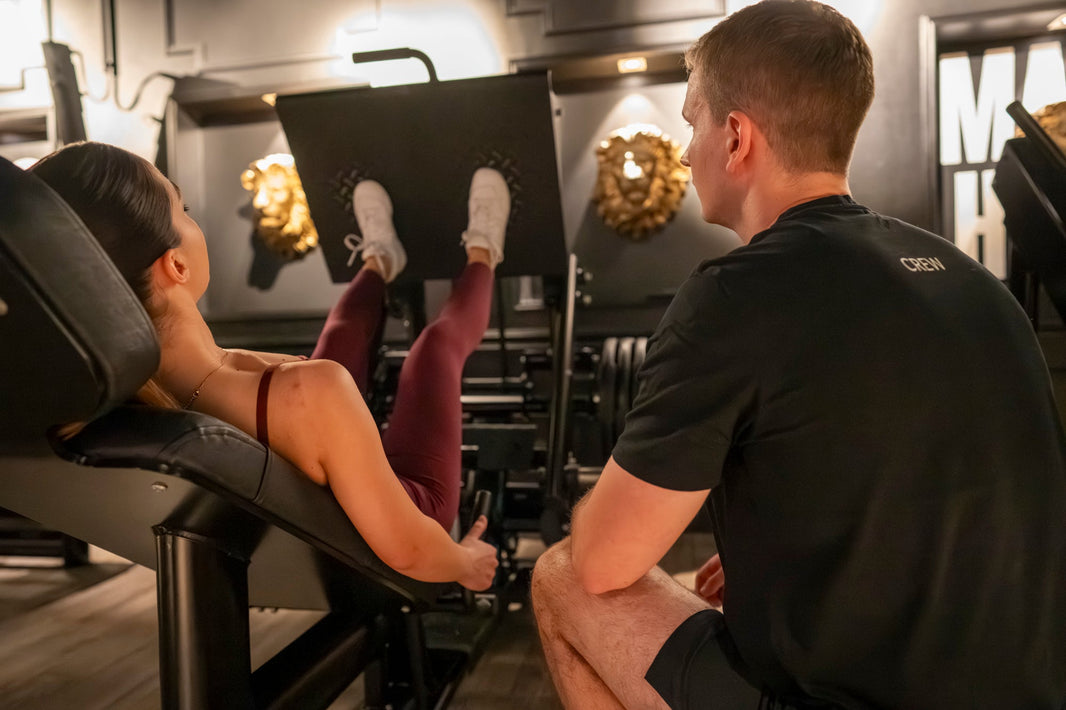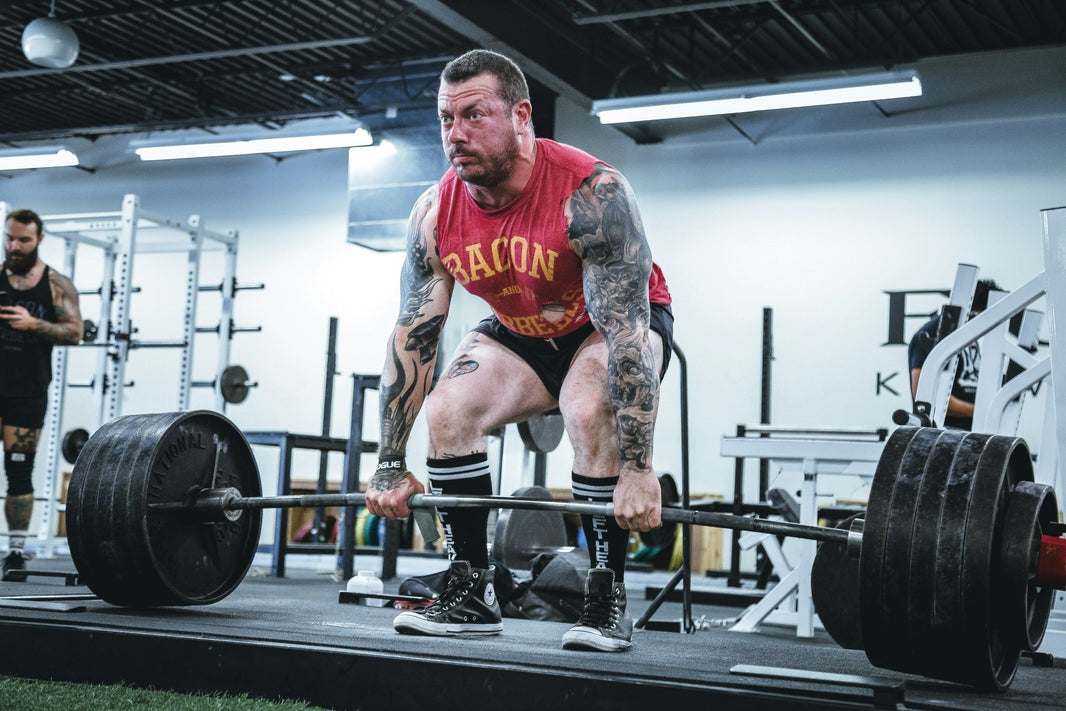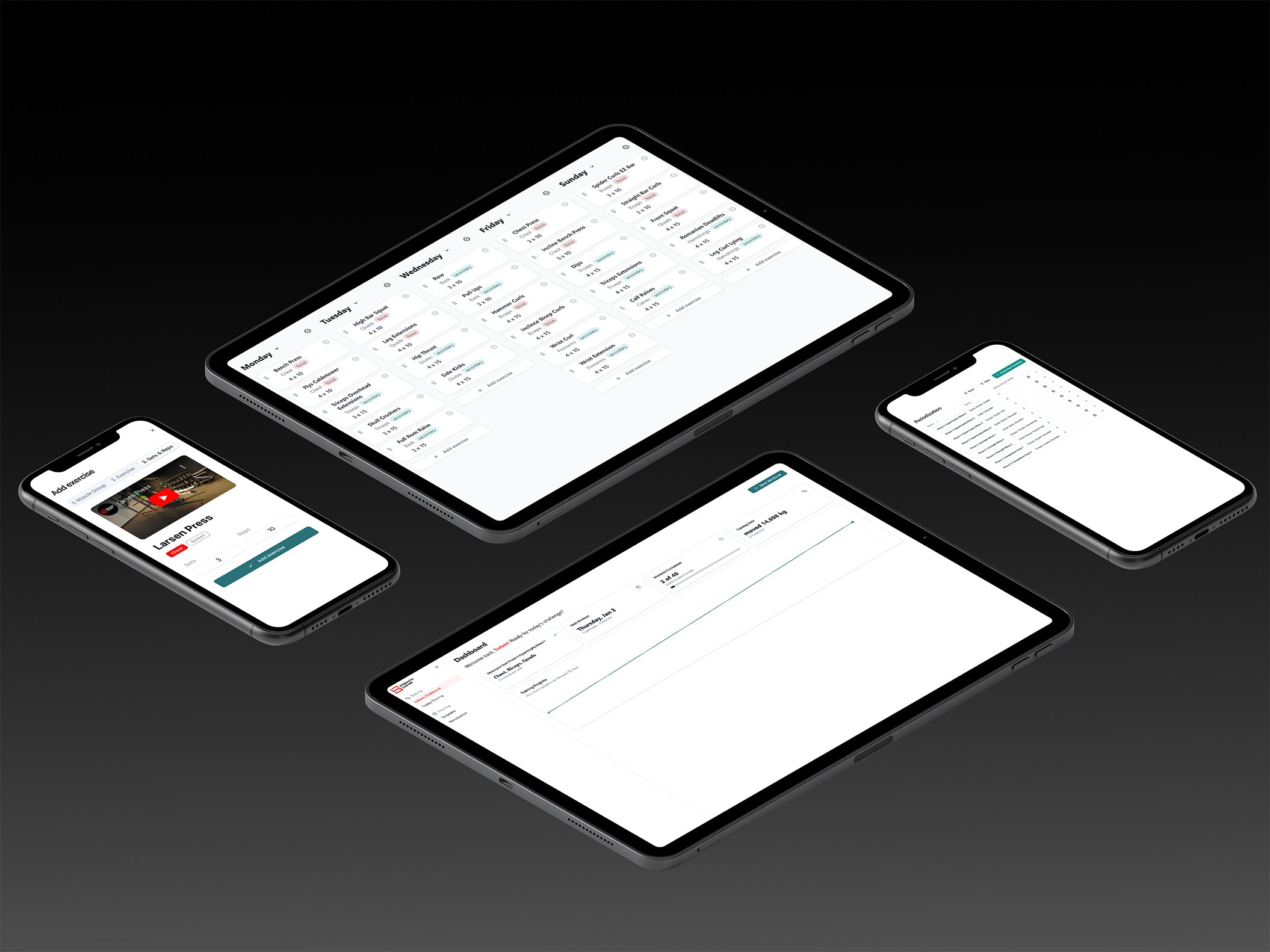Understanding the Benefits of Hypertrophy Training
Hypertrophy refers to the enlargement of muscle fibers, leading to increased muscle size. Training for hypertrophy focuses on:
- Muscle Growth: Increasing the cross-sectional area of muscles.
- Aesthetic Goals: Achieving a muscular and well-defined physique.
- Volume-Focused Workouts: Emphasizing higher repetitions and sets.
Hypertrophy training stimulates muscle fibers through mechanical tension, metabolic stress, and muscle damage, leading to growth during recovery periods.
Understanding the Benefits of Strength Training
Strength training aims to enhance the maximal force a muscle or group of muscles can produce. This approach emphasizes:
- Neurological Adaptations: Improving the nervous system’s ability to recruit muscle fibers.
- Performance Goals: Increasing the amount of weight lifted.
- Intensity-Focused Workouts: Utilizing heavier loads with lower repetitions.
Strength training develops the body’s ability to exert maximal force, which is crucial for athletic performance and functional movements.
Key Differences: Hypertrophy vs Strength Training
Understanding the distinctions helps in choosing the right training focus.
Training Volume and Intensity
-
Hypertrophy:
- Volume: High (more sets and reps).
- Intensity: Moderate weights (65-85% of 1RM).
- Repetitions: Typically 5-20 reps per set.
-
Strength:
- Volume: Moderate to low.
- Intensity: High weights (85-100% of 1RM).
- Repetitions: Usually 1-6 reps per set.
Exercise Selection and Technique
-
Hypertrophy:
- Incorporates both compound and isolation exercises.
- Focus on muscle activation and time under tension.
- Emphasizes controlled movements and muscle contractions.
-
Strength:
- Primarily uses compound movements (e.g., squats, deadlifts).
- Focus on lifting maximal weights with proper form.
- Prioritizes movement efficiency and technique.
Rest Periods
-
Hypertrophy:
- Shorter rest intervals
- Maintains metabolic stress on muscles.
-
Strength:
- Longer rest intervals
- Allows for recovery to lift maximal weights.
Assessing Your Personal Goals
Determining whether to focus on hypertrophy or strength depends on:
- Aesthetic Preferences: Do you aim for a muscular physique?
- Performance Objectives: Are you looking to increase your lifting capacity?
- Functional Needs: Do you require strength for sports or daily activities?
- Personal Enjoyment: Which training style do you find more engaging?
Consider combining both approaches if you have multiple goals, but understand that specializing can lead to more significant progress in a specific area.
Designing Your Training Program
For Hypertrophy
- Exercise Selection: Mix of compound and isolation exercises targeting specific muscle groups.
- Training Split: Body part splits
- Sets and Reps: 3-5 sets of 5-20 reps.
- Rest Periods: 60-90 seconds between sets.
- Progressive Overload: Gradually increase volume by adding sets, reps, or weight.
For Strength
- Exercise Selection: Focus on compound movements.
- Training Split: Full-body workouts or movement-based splits (e.g., squat day, press day).
- Sets and Reps: 3-6 sets of 1-6 reps.
- Rest Periods: 2-5 minutes between sets.
- Progressive Overload: Increase weight lifted over time.
Nutrition and Recovery Strategies
Regardless of your focus, proper nutrition and recovery are vital.
-
Caloric Intake:
- Hypertrophy: Slight caloric surplus to support muscle growth.
- Strength: Adequate calories to fuel intense workouts.
-
Macronutrients:
- Protein: 1.6-2.2 grams per kilogram of body weight daily.
- Carbohydrates: Provide energy;
- Fats: Essential for hormone production; don’t neglect healthy fats.
- Hydration: Maintain optimal hydration for performance and recovery.
- Sleep: Aim for 7-9 hours per night to facilitate muscle repair and growth.
- Rest Days: Incorporate rest days to prevent overtraining.
Monitoring Progress and Adjustments
Regular assessment ensures you’re on track:
- Performance Metrics: Track weights lifted, sets, reps, and workout intensity.
- Body Measurements: Monitor muscle size, body fat percentage, and weight.
- Visual Progress: Take periodic photos to assess physique changes.
- Adjustments: Modify your program based on progress and how your body responds.
Enhancing Your Training with the StrengthLab360 App
Navigating the complexities of designing and adjusting a training program can be challenging. The StrengthLab360 App offers a solution by providing personalized support tailored to your goals.
Personalized Workout Plans
- Tailored Programming: Input your goals—hypertrophy or strength —and the app designs a program specifically for you.
- Exercise Selection: Recommends exercises based on your preferences and equipment availability.
- Scientific Approach: Utilizes the latest research to ensure your training is effective.
Real-Time Adjustments
- Adaptive Algorithms: Adjusts training variables like volume and intensity based on your progress.
- Plateau Prevention: Helps you avoid stagnation by modifying your program when needed.
Progress Tracking and Analytics
- Comprehensive Logging: Easily record workouts, nutrition, and recovery data.
- Visual Insights: Charts and graphs display your progress over time.
- Feedback Mechanisms: Receive suggestions to optimize your training.
Community and Expert Support
- Connect with Peers: Join a community of individuals with similar goals for motivation and advice.
- Access to Coaches: Get personalized guidance from certified StrengthLab360 coaches.
Why StrengthLab360 Makes Training Easier and More Effective
- Simplifies Decision-Making: Takes the guesswork out of choosing the right training focus and program design.
- Personalizes Your Journey: Adapts to your individual needs, ensuring your training aligns with your goals.
- Enhances Accountability: Keeps you engaged with progress tracking and community support.
- Optimizes Results: By leveraging technology and expert knowledge, it maximizes the effectiveness of your workouts.
With StrengthLab360, you have a partner in your fitness journey, providing the tools and support needed to achieve your hypertrophy or strength goals.
Choosing Between Hypertrophy and Strength Training for Your Goals
Choosing between hypertrophy and strength training hinges on your personal objectives, whether they are aesthetic, performance-based, or a combination of both. Understanding the differences allows you to tailor your training effectively, ensuring that your efforts align with your desired outcomes.
Remember, consistency and dedication are key. Regardless of your focus, integrating proper nutrition, recovery, and progress monitoring will significantly impact your success.
Leveraging tools like the StrengthLab360 App can make this journey smoother and more effective. By providing personalized programs, real-time adjustments, and comprehensive support, the app simplifies the complexities of training, allowing you to concentrate on your workouts and enjoy the process.
Embark on your fitness journey today with clarity and confidence. Whether you choose hypertrophy, strength, or a blend of both, the right focus and support will propel you toward your goals.
Scientific Studies and Reviews
-
Hypertrophy Training Mechanisms:
- Schoenfeld, B. J. (2010). The Mechanisms of Muscle Hypertrophy and Their Application to Resistance Training. Journal of Strength and Conditioning Research, 24(10), 2857–2872. Link
-
Strength Training Adaptations:
- Sale, D. G. (1988). Neural Adaptation to Resistance Training. Medicine & Science in Sports & Exercise, 20(Supplement 5), S135–S145. Link
-
Volume and Intensity in Training:
- Schoenfeld, B. J., et al. (2017). Loading Recommendations for Muscle Strength, Hypertrophy, and Local Endurance: A Re-Examination of the Repetition Continuum. Sports, 5(3), 58. Link
-
Rest Periods for Hypertrophy and Strength:
- Henselmans, M., & Schoenfeld, B. J. (2014). The Effect of Inter-Set Rest Intervals on Resistance Exercise-Induced Muscle Hypertrophy. Sports Medicine, 44(12), 1635–1643. Link
-
Hypertrophy vs. Strength Training:
- Morton, R. W., et al. (2016). A Systematic Review and Meta-Analysis of Protein Intake for Optimal Muscle Mass and Strength. British Journal of Sports Medicine, 52(6), 376–384. Download Paper
FAQ
Okay, so here’s the scoop: hypertrophy training is all about making those muscles look bigger and sexy, while strength training is focused on getting you stronger. Basically, if you’re in it for the looks and want to bulk up, you’re leaning towards hypertrophy vs strength. But if you wanna lift heavy stuff with ease and feel like a beast, then you’re looking at strength training.

